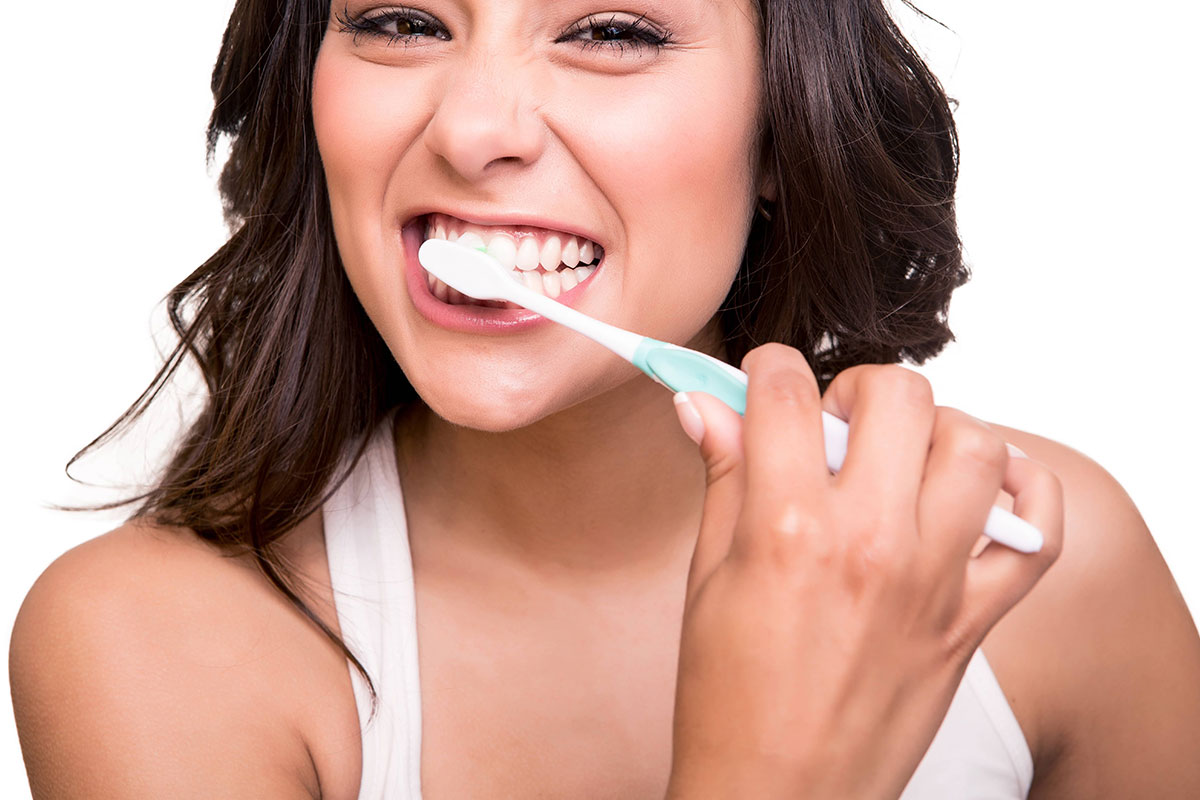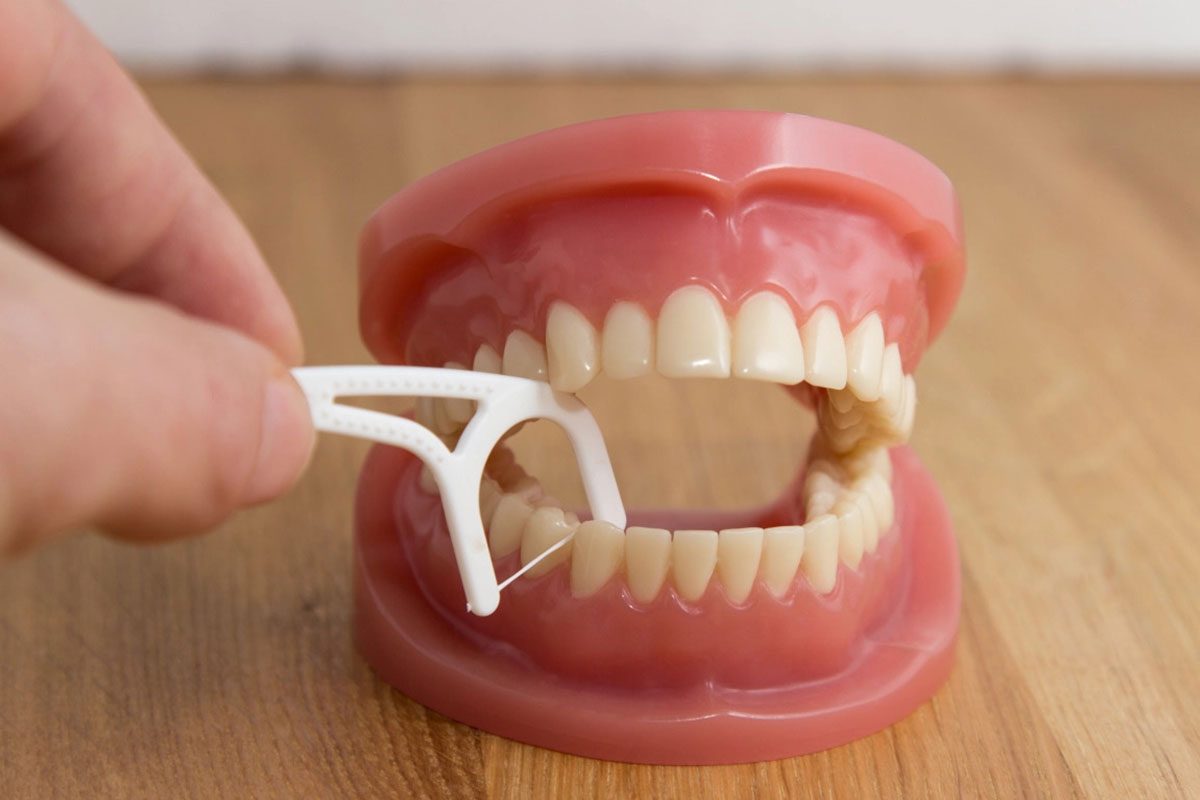If you have one or more missing or lost teeth, it can detract from your appearance, and the gaps and spaces left behind can also negatively impact your overall oral health. In such circumstances, dentists usually recommend placing dental bridges.
Dental bridges are oral restoration appliances that are crafted from a wide range of materials, including zirconia, ceramic, metal, or porcelain-fused-to-metal.
Dental bridges comprise several dental crowns that are stuck together to fill the spaces in the dental arch caused by extracted, lost, or missing teeth.
However, after getting these dental devices, you need to maintain proper oral hygiene routines to ensure their longevity, just like natural teeth.
Therefore, make sure to follow excellent oral hygiene routines and try to visit your dental professional at least once every six months for professional dental checkups and in-depth oral cleanings.
In this article, we will provide you with proper guidelines that will effectively help you maintain your dental bridges and enhance their lifespan:
1. PRACTICE GOOD ORAL HYGIENE
Over time, with poor oral hygiene routines, plaque and bacteria build up on the surface of bridges, leading to various oral health issues, including gum infections. This is the most common cause of dental bridge failure. Without adequate brushing and flossing, bacteria can even reach beneath the bridge and cause decay in your abutment teeth. If proper dental help is not acquired, with time, these teeth will become substantially weak and will no longer support the restoration.
Therefore, ensure to perform an excellent oral hygiene routine on a daily basis, which includes brushing and flossing. Adequate brushing and flossing of your teeth will significantly remove plaque build-up and other irritants and will keep oral bacteria at healthy levels. However, try to avoid certain whitening pastes, as they prove to be too harsh for dental bridges and can potentially damage them.
Use fluoride-based toothpaste and a soft-bristled brush. Moreover, food debris can also easily get trapped and accumulate between bridges and gums, increasing the risk of gum infection, which can ultimately make the bridge loosen. Therefore, in addition to brushing your teeth regularly, also make sure to floss them at least once a day.


2. EAT A BALANCED DIET
After getting dental bridges, patients should also consume a nutritious and well-balanced diet. In addition, they also need to avoid certain food items that could prematurely damage these dental restorations. Maintaining a healthy diet not only benefits our oral health but can impact our whole body. On the other hand, having too many starchy and sugary food items can prove to be harmful to your oral and overall health. Therefore, try to minimize your sugar intake in order to prevent and manage various dental problems.
Furthermore, if you cannot stay away from snacking, try to search for snacks that contain crunchy raw veggies or fruit and minimum starch. These types of snacks can stimulate your gums as you chew and promote the excretion of saliva to help keep your teeth clean. Food items with high protein and calcium content, like unsweetened cheese, yogurt, and cottage cheese, can also offer numerous dental health benefits.
Another way to help keep your mouth clean is to increase your water consumption and try to drink plenty of it throughout your day. Not only does it help you stay hydrated, but it can also rinse your mouth.
3. AVOID BAD HABITS
Dental bridges are fabricated from ceramic material, which is strong, reliable, and durable. But like natural teeth, they may fracture or break with time if subjected to continuous pressure or force. That’s why dentists suggest their patients avoid bad habits like bruxism, chewing ice, or opening things with their teeth. These habits can put your dental bridge in jeopardy and can affect your oral health as well.


4. CLEAN UNDERNEATH THE BRIDGE
After getting these dental restorative devices, make sure to clean underneath your bridge regularly in order to remove debris and food particles in the space between your bridge and gums. To do this, use dental picks or interproximal brushes. You can also ask your dentist or oral hygienist for product recommendations.
5. ATTEND ROUTINE ORAL CHECKUPS
Regular dental checkups allow dentists to apply sealants, fluoride treatments, and other preventative measures to protect teeth from potential damage. Therefore, skipping regular dental checkups can put your oral health in danger. Many oral conditions, including oral cancer and gum diseases, are easier to eliminate when diagnosed in the initial stages.
Moreover, these practices become even more significant if you have dental bridges or any other type of oral restoration device. Therefore, make sure to visit your dental professional at least twice a year. However, patients who are more susceptible to decay, gum disease, or any other kind of oral health issue might require more frequent oral appointments.












